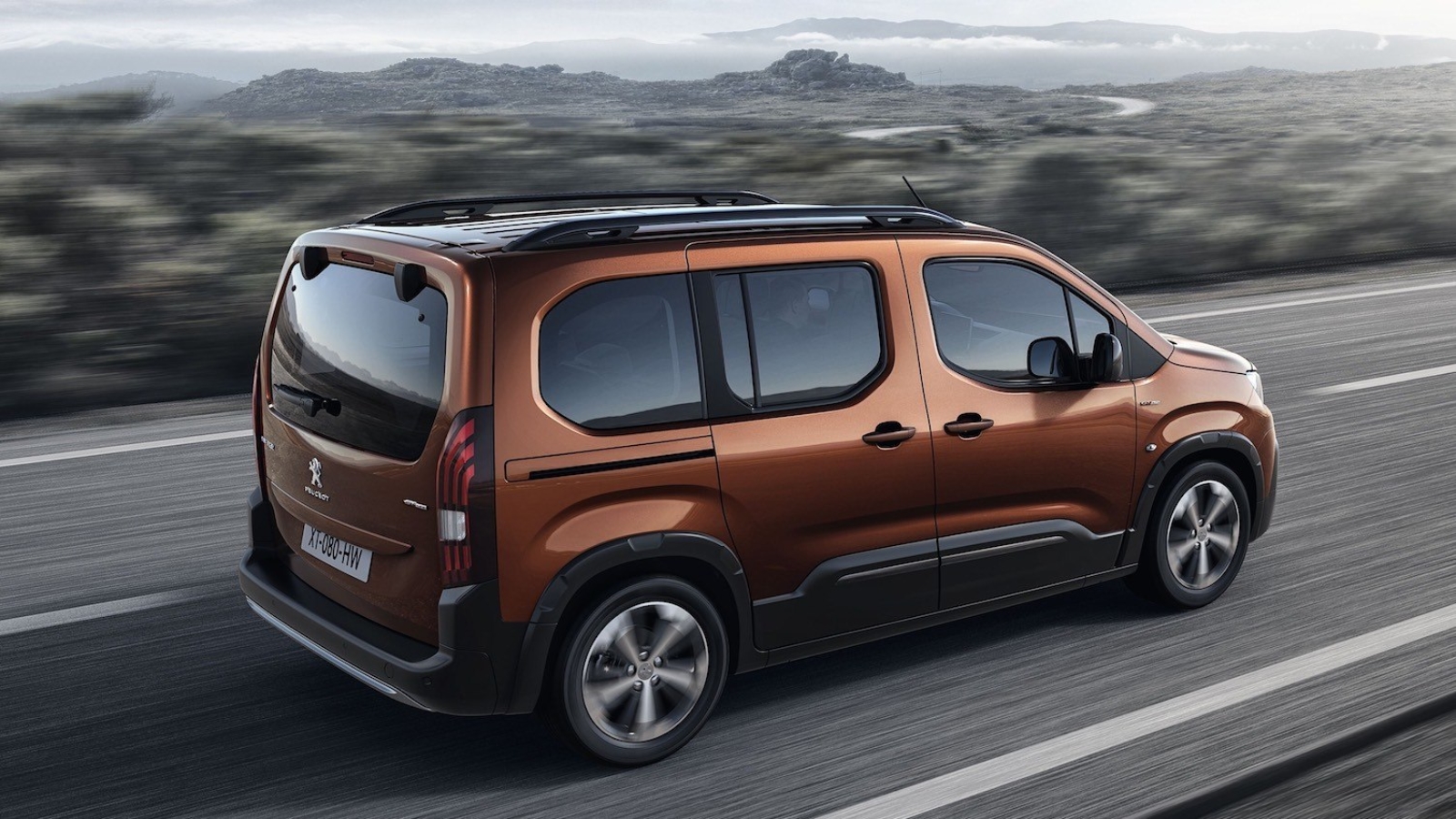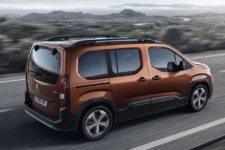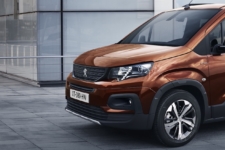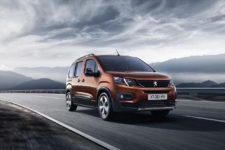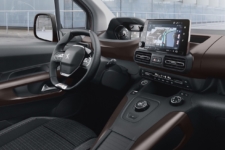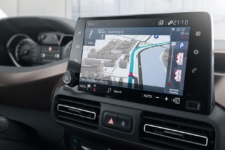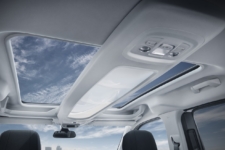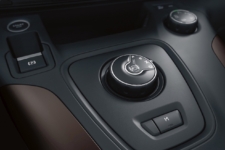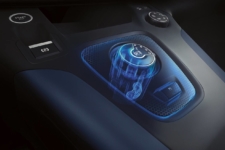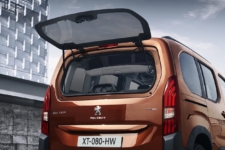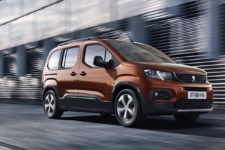When is a van an MPV? When it’s an All-New Rifter
Tim Barnes-Clay drives the Peugeot Rifter at the European Launch in Monaco
Yes, it doesn’t take an automotive anorak to spot that the Rifter is based on a van. But that doesn't make it a lame set of wheels. Indeed, this replacement for the pug-ugly Partner Tepee could well be the family transport resolution you've been searching for. So, let's drill down deeper and properly examine this strangely named MPV.
The All-New Rifter MPV offers a cluster of engines. The units start with a 110PS 1.2-litre Puretech petrol. There’s also a trinity of 1.5-litre BlueHDi oil-burners with 75PS, 100PS and 130PS. All models come equipped with a six-speed manual ‘box, but the flagship diesel we tried, also accommodates an eight-speed auto gearbox.
Despite its far from sporty looks, this Rifter has some decent thrust, getting from zero to 62mph in 10.8 seconds. Its maximum speed is 114mph. Peugeot asserts that the 1.5 BlueHDi 130 GT Line will manage up to 65.7mpg, and CO2 emissions are 114g/km.
The new Peugeot MPV’s ride is excellent and is better behaved than the departing Partner Tepee. It’s firmly sprung, but it copes with scarred road surfaces well. And considering its practical focus, the Rifter steers with astounding skill. The fact that the car utilises the petite i-Cockpit steering wheel, as seen in other Peugeot vehicles, supports responsiveness.

In corners, the tall Rifter soon tells you you’re going past its limits because body roll kicks in abundantly. Traction runs out swiftly if you attack bends hard, too. But not many punters who buy or lease this MPV are going to want to push it beyond its capabilities, as we almost did along snaky coastal roads.
The Peugeot Rifter is more refined than you’d ever think at first glance. It is muted on the road, even at motorway speed. We thought it might sound loud, considering the voluminous and high-ceilinged interior, but it was only the wind howl from the car’s door mirrors that imposed on our drive from Monte Carlo to Nice. The Rifter comes in three trims: Active, Allure and GT Line. We were given the keys to the latter.
You get a splendid view when you park yourself behind the wheel of the Rifter. The raised driving position makes you feel like the ruler of the road. What's more, we’d highly recommend the eight-speed automatic transmission. It takes the strain out of driving, leaving you feeling less weary, especially when you're in heavy traffic.
Practicality is the reason the Rifter exists. You get 180 litres of cubby-hole storage, and there's lots of head and leg room, with three chairs in the back and sliding rear doors. Handily, the front passenger seat folds flat, and the rear seats fold more or less flush. Doing this inflates loading room to 3500-litres. Cargo capacity with all seats in position is 775-litres.
The all-new Peugeot Rifter is solidly built, and the cabin looks like it will cope with years of ill-treatment from families. It’s also likely that this commodious MPV should prove dependable as Peugeot has a name for manufacturing reliable motors. What’s more, it uses diesel engines that are based on sound technology.
The Partner Tepee wasn’t excessively safe, accomplishing only three out of five stars in Euro NCAP crash tests. Fortunately, Peugeot has kitted out the Rifter with a range of contemporaneous safety aids, incorporating a traction control system, automatic emergency braking and adaptive cruise control. Furthermore, the Rifter uses the same platform design as the DS 7 Crossback. This car was given the maximum Euro NCAP five-star score, so on the safety-front things look favourable for the All-New Rifter.
Car reviewed: Peugeot Rifter GT Line BlueHDi 130 - as tested - Prices start £19,650 on the road 0-62mph 10.4 secs Top speed 1145mph Fuel Economy combined 65.7mpg CO2 emissions 114g/km Engine 1.5-cylinder four-cylinder diesel EU6 Max Power 130PS Transmission 6-speed manual
Cabin space
Practical and efficient
Performance
Looks, love 'em or hate 'em
What the others say on YouTube...
No items found, please search again.

